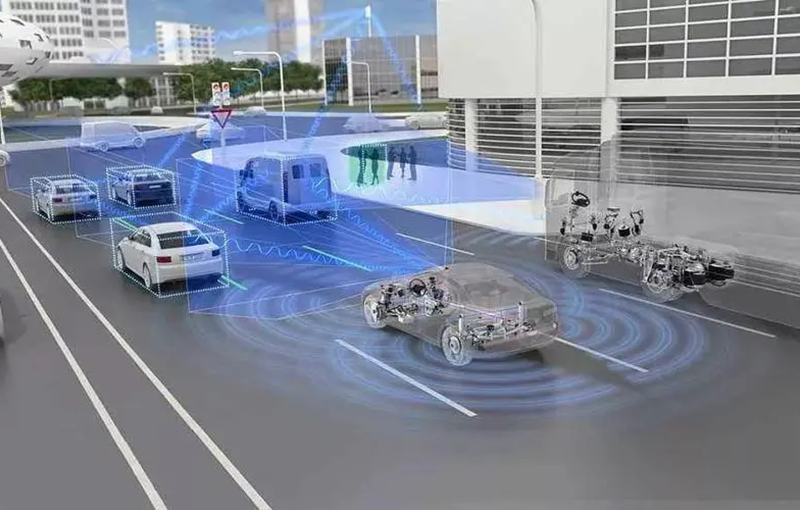Introduction
LiDAR technology is transforming the transportation industry by improving infrastructure inspection and maintenance through accurate 3D mapping and obstacle detection. This capability enhances the safety and efficiency of transportation systems.

Role of LiDAR in Transportation
LiDAR sensors are used to create detailed 3D maps of transportation infrastructure, such as roads, bridges, and tunnels. These maps provide valuable data for inspection and maintenance activities. For example, LiDAR can detect structural defects, measure road surface conditions, and assess the alignment of transportation infrastructure.
Benefits for Infrastructure Maintenance
LiDAR enhances infrastructure maintenance by providing precise measurements and detailed data. This enables transportation agencies to identify and address issues more effectively, reducing the risk of accidents and extending the lifespan of infrastructure.
Challenges and Solutions
Challenges in using LiDAR for transportation infrastructure include the need for high-resolution data and the integration of LiDAR with existing inspection processes. Advances in sensor technology and data analysis are addressing these challenges, making LiDAR more effective for infrastructure maintenance.
Future Developments
The future of LiDAR in transportation includes advancements in sensor technology, data processing, and integration with other inspection tools. These developments will further enhance the effectiveness of LiDAR in improving infrastructure inspection and maintenance.
Conclusion
LiDAR technology is improving infrastructure inspection and maintenance in the transportation industry by providing accurate 3D mapping and obstacle detection. Its role in enhancing safety and efficiency makes it a valuable tool for modern transportation systems.


